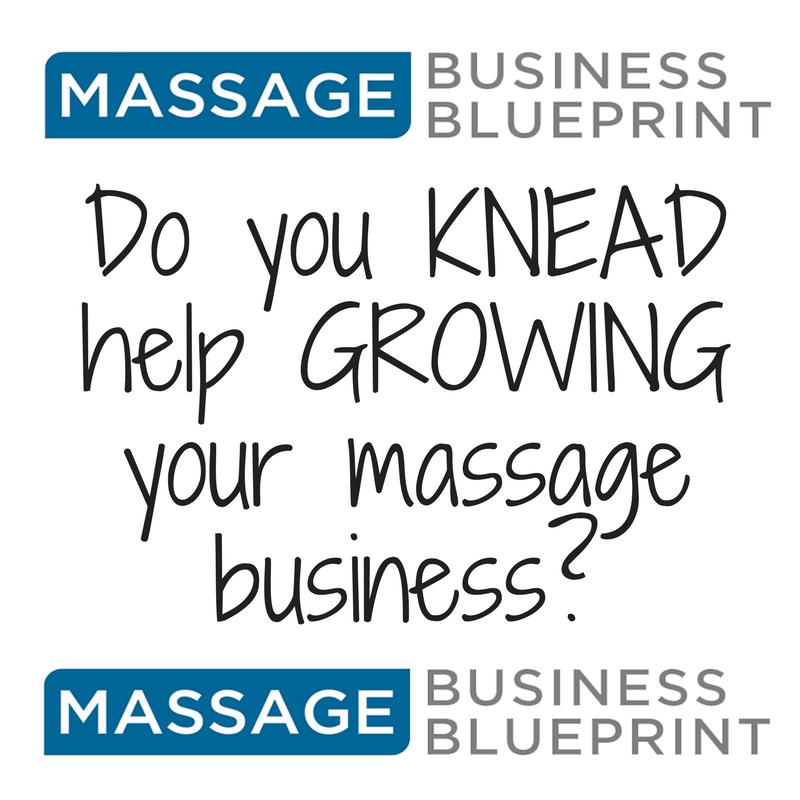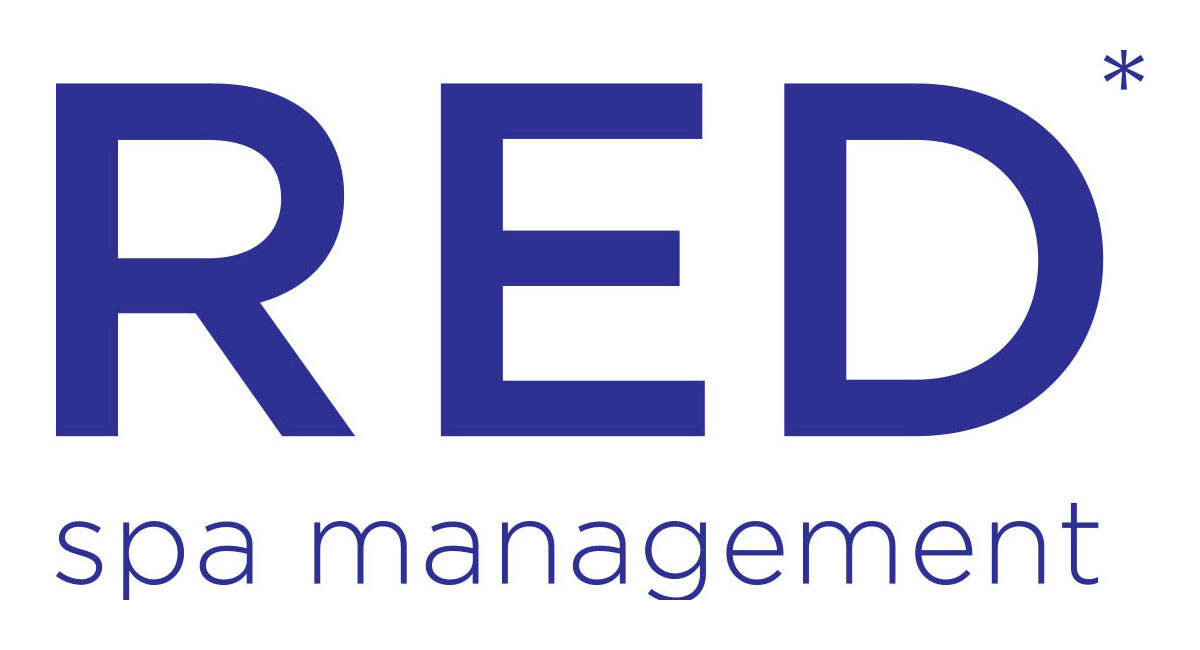
Posture - how people stand
Gait - how people walk
Symptom - what hurts or a particular sensation in our body such as buzzing or numbness.
Cause - the actual reason or set of circumstances that leads to those symptoms.
SPINE
• The spinal column is made up of 33 segments, or vertebrae, held together by tough bands of tissue called ligaments.
• There are seven cervical vertebrae (C-1 to C-7).
• There are twelve thoracic vertebrae (T-1 to T-12).
• There are five lumbar vertebrae (L-1 to L-5).
• There are five attached sacrum bones.
• There are four attached vertebrae in the coccyx (Tailbone).
• The neck has a slight natural curve.
• There are a curve in the middle and lower back.
• The nerve roots pass through the openings between the vertebrae. Thus, a failure of muscular support or injury may result in pressure or "pinching" upon a nerve, causing pain.
BREATH
• Breathe from your abdomen.
• Do not hold your breath.
HIPS, LEGS, KNEES, FEET
• Keep feet planted firmly and change stances with different strokes.
• Never lock your knees.
• Tilt pelvis forward to keep back straight.
• Poor circulation, when you sit very still, blood tends to settle in the lower legs and feet and does not circulate easily throughout the body.
• Bend with your knees, not your back.
• Wear comfortable shoes and socks.
• Centering-your body stance is stable, but flexible (If somebody tried to push you over, you would brace yourself).
• High heel shoes increase the forward curve of the lower back.
• Do not stand in one place too long; shift your weight and change positions.
• Wear comfortable shoes and stand on a soft surface.
• Rest one leg on a stool to reduce stress on the back.
• Wear flat-soled shoes that are designed for comfort and support. High heel shoes increase the forward curve of the lower back. Do not stand in one place too long; shift your weight and change positions. As you walk or stand, remember the three natural curves of the back and maintain correct posture.
BACK
• Stand close to the object to be lifted.
• Spread your feet wide apart to straddle the object.
• Squat, bending your knees and hips, keeping your back in proper alignment.
• Lift by using the work of your leg muscles, not your back.
• Bad posture, often due to hunching over office desks and slumping on sofas, can make us look up to 2 inches shorter and 10 lb fatter! It also crushes our bodies internally and can lead to poor circulation, breathing difficulties and physical stress.
• Only 17% of women with back pain have had workplace training in the care of their backs.
Women are more likely to get back pain if they work in the health services, retailing, hotel and catering, banking, finance and insurance industries. Nurses are particularly prone to back pain.
80,000 nurses injure their backs each year and 3,600 are invalided out as a result.
• When you sit for long periods, your spine tends to compress. If your posture is bad, gravity accentuates the problem, which can lead to back pain.
• When lifting with another person, one person should say when to lift, walk and unload.
• Do not twist as you lift. Instead, pivot with your hips and shoulders in line and shift your weight.
• Obesity can play a major role in back problems.
• Your back's "best friend" is a straight, hard chair. If you cannot get the chair you prefer, learn to sit properly on whatever chair you have.
• If you're in the habit of slinging a backpack full of books over one shoulder, your back could be in for trouble. Among students, this is a common cause of pain in the back and shoulders.
Instead, carry upper your backpack properly over both shoulders.
HEAD, FACE
• Be aware of your facial expressions.
• Have your head above your shoulders and do not keep looking down.
• Tension and stress Intense mental focus can produce physical tension (stiffness and pain), which can lead to mental stress — a debilitating cycle. Facial tension and a tight jaw can cause headaches.
• With every inch you look down, it adds 12+ pounds to your upper back.
• Most headaches originate in the muscles of the neck and head.
• When you prop a phone under your neck while talking on the phone your neck twists to that side.
• Do not lean over your work, hobbies, projects, etc. Angle work so that you can look straight ahead, or sit closer to your work area. Do neck exercises throughout the day. For advice on proper neck exercises, see the following pages. Also try taking frequent "mini-breaks" to relieve tension and avoid overhead reaching. Use a ladder or stepstool instead.
SITTING
• Sit in a chair that supports your lower back. If the chair does not support your back sufficiently, you can place a lumbar cushion (which can be bought at your local pharmacy) at the level of your low back, for added support.
• Position your chair so that your knees are at least as high as your hips when your feet are flat on the floor.
• Sit close to your work, do not lean over it.
• Do not slump over while sitting.
• Take frequent breaks to get up and stretch.
• When driving or sitting in front of a computer, day after day, the body folds forward in a slump.
STOMACH, CHEST
• Women with a larger chest are at a risk factor for back problems.
• Strong stomach muscles are important for spinal health.
• If you have a pre-existing upper extremity, back or neck injury, think about giving types of massage that do not require strength or pressure.
• The Psoas is the strongest postural muscle, but the average therapist never massages it
(Ouch!).
• If you sleep on your stomach with your head turned to the right, when standing you will find you head does not turn as easily to the left.
SHOULDERS, ARMS, WRISTS, THUMBS
• Try not to have your arms too far away from your body.
• Stiff muscles. Not moving for long periods of time can cause neck and shoulder pain.
• Repetitive strain injuries These injuries are caused by repetitive movement, often of the hands. For example, carpal tunnel syndrome, a type of wrist pain, can result from improper use of the hands and/or poor positioning at the workstation.
• Do not hyperextend your wrists.
• Never do hands-on work with cold hands.
• A therapist with above normal range of motion in his finger, hand or arm joints will be more prone to injury.
• Work with your body characteristics, not against them: if you have hyper-mobile thumbs, do not use them extensively.
• The thumb, for example, has quite small muscles that are not built to withstand repetitive demands on their limited strength.
• Try not to use your thumb much when you are giving a deep-tissue massage.
• If you are in the habit of slinging a backpack full of books over one shoulder, your back could be in for trouble.
• Take care of your hands every day: they are the tools of your trade; treat them well.
• Your elbow is your friend, but do not make it your best friend.
• If you keep your thumbs in alignment with the rest of the hand and arm, you will be able to create the pressure and possibly some of the repetitive motion by using the larger muscles of the rest of the upper extremity.
• The two common nerve impingement injuries by massage therapists are carpal tunnel syndrome and thoracic outlet syndrome.
• Protect your hands from sudden shock, heavy vibration and undue stress from lifting or carrying.
TABLE
• Experiment with table height until you find what works best for you.
• Use your body weight when using deep pressure and lower the table.
LEAVING THE FIELD
• The main reason for leaving the massage field is injuries, most all of them love what they do, but are not capable of giving massages.
• If you are not taking care of yourself, you are less likely to be able to be of any service in the healing of other.
• Repetitive motion is the primary aspect of massage work that causes this stress.
• Soft tissue injuries common to massage therapists fall into two categories: muscle/tendon injuries and nerve impingement injuries.
• Muscle/tendon injury because of performing massages is more common among massage therapists than nerve impingement injury.
HELP YOURSELF
• Know your limits.
• Move with your massage strokes (Dance…if you can).
• You can sit while giving foot and face massage.
• A body in motion; stays in motion.
• Get massages on a regular basis.
• Listen to your body when it tells you something is wrong.
• Maintain a regular schedule of massages, so you do not suddenly increase the number of massages you do.
• Treat injuries immediately and effectively.
• Get in shape.
• Think of yourself as an athlete, you are doing intense, physical work that requires skill, strength and endurance
• Like any athlete, the massage therapist needs to train, stay in good physical condition, and take herself out of the game when she is injured to allow time for healing.
• Most massage techniques have a low risk of adverse effects.
CONCLUSION
• LIGAMENTS stretch in the direction they are stretched.
• MUSCLES that are used get stronger in the way they are used. Unused muscles get weaker.
• NERVES develop muscle memory, reinforcing a pattern of motion.
• Good posture is not simply a matter of "standing tall." It refers to correct use of the body at all times.
• The body cannot function normally if the organs are pushed against each other by the presence of poor posture.
• A slumped posture is not really a slump at all. It's a pull-down. Your own muscles are literally dragging you down just like a team of men hauling on tight cables fastened to the crown of a tall tree would bend it over.
• The manner in which you sit, stand, or walk will determine the quality of your posture.
• Fatigue can result from poor posture and cause the body to have less energy.
• Your bones will remodel around the poor posture and it becomes permanent.
• A problem often occurs with a sudden and/or substantial increase in workload, or a sudden decrease in time spent between massages.
• Be careful not to take on too many additional classes or workshops.
• To prevent injury, ‘if it hurts, do not do it.
• No one part of the body is designed to do the same motion over and over for long periods of time without rest.
• Tight joints Inactivity can cause joints to tighten, which makes moving more difficult or even painful.
• Adding pressure to repetitive motion ups the stakes.
• Pain is never normal, and no massage therapist should accept pain as part of his or her massage work.
• There is no one magic formula that will keep you safe from injury.
• Do not do massage techniques that cause you pain: stop doing any technique that causes you pain or discomfort.
• Develop a realistic attitude towards your work: there are limits to what you can do for your clients.
• You are only human, with your own strengths and limitations.
• They say It takes “27” days to make a habit and even longer to break a bad habit.
• Respecting your own limits is healthy, and will help you keep your upper extremities healthy.
• It is essential to give yourself permission to say ‘no’ to anything that may cause you to be injured.
• You must have adequate knowledge of an injury to be able to recognize the symptoms of injury, and what can help it.
• Awareness keeps you in tune with your body, so you can respond promptly to symptoms and keep yourself from becoming injured.
• Use other modalities in your massages: hydrotherapy, aromatherapy, energy balancing and
spa treatments can attract new clients.
• There is no one right or good way of doing it gives you the freedom to work with your body’s own strengths and weaknesses instead of against them, which will help you prevent injury.
• Stand in from of the mirror and observe yourself.
• Strain is the pushing of body tissues beyond the elastic limit either gradually or suddenly.
• Stress is the load and pressure placed upon the body for short periods of time from which the body can quickly return to normal once the stressor is removed.
• The assessment of posture is carried out at a plumbline; the plumbline bisects the person
in two (Some therapists get a drawing of the body and draw a line which way the body is caring itself).
• The body is self-repairing and is extremely adaptable to most traumas.
• Approximately 30% of the general population suffers from chronic pain.
• Massage therapy is the treatment of choice for muscular pain and dysfunction.
• Most pain is Myofascial (Soft-tissue) in origin.
• Stress is the cause of most illnesses.
• Bones go where muscles put them, and bones stay where muscles keep them.
• Everything is connected.
• If an injury has been present for six months or more, then it is considered chronic.
• The longer one is in pain, the more likely one will try to block it out. It is at this point that alcohol and drugs often enter the picture.
• Posture is the habitual or assumed disposition of the parts of the body in a standing, sitting, etc.
• For proper bed posture, a firm mattress is essential. Bed boards, sold commercially or devised at home, may be used with soft mattresses. Bed boards preferably should be made of 3/4-inch plywood.
• Do not lean over your work, hobbies, projects, etc. Angle work so that you can look straight ahead, or sit closer to your work area.
• During pregnancy, special precautions should be taken since ligaments soften.
• The agonist is the main muscle which bends the joint, the opposing antagonist muscle straightens the joint, the synergist helper muscles lend a hand, and the stabilizers keep it all steady. Nerves control the muscles with messages from the brain. The body moves in patterns.
Muscles work in specific patterns to control how motion occurs. However, the brain thinks in terms of whole motions, not specific muscles.
• Static body positions which cause muscle tension.
• Repetitive motions that cause tiredness, pain, and possible overuse injury.
• Uncorrected vision, glare and shadows which force people to position them into an awkward position.
• Improperly adjusted chairs that are configured to high or to low and this will impair blood circulation.
• If one muscle in a pair is used more and one is used less, then the underused muscle weakens and the over used muscles become overly strong and tight.
• Strong muscles lift more and weak ligaments stretch more.
• Our habits are what we do. Practice makes permanent. Muscles strengthen with use (and weaken when neglected), the body changes with what we habitually do.
• Two basic conditions: muscular hypertonicity and fascial disorganization, can account for many or most cases of chronic back pain.
• Massaging may interfere with pain signals' pathways to your brain, a process called the
"gate control theory," according to experts. Pain impulses run toward the spinal cord, then up the cord, and into the brain.









